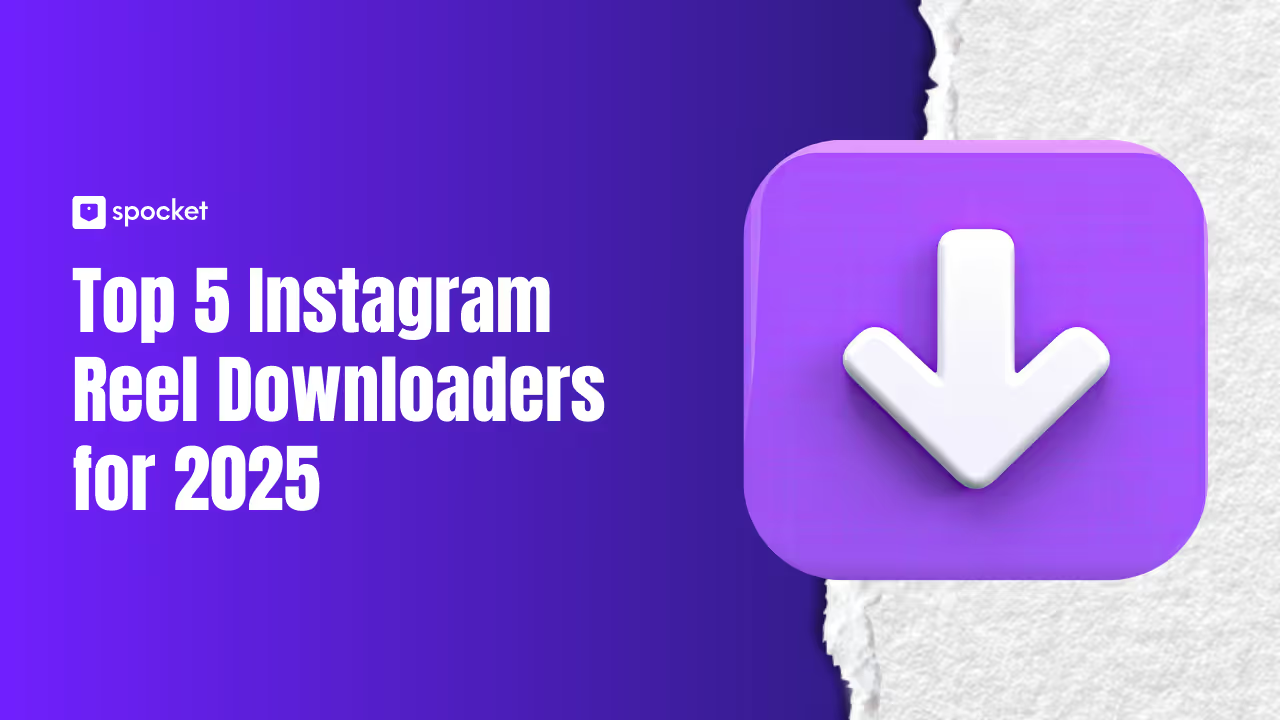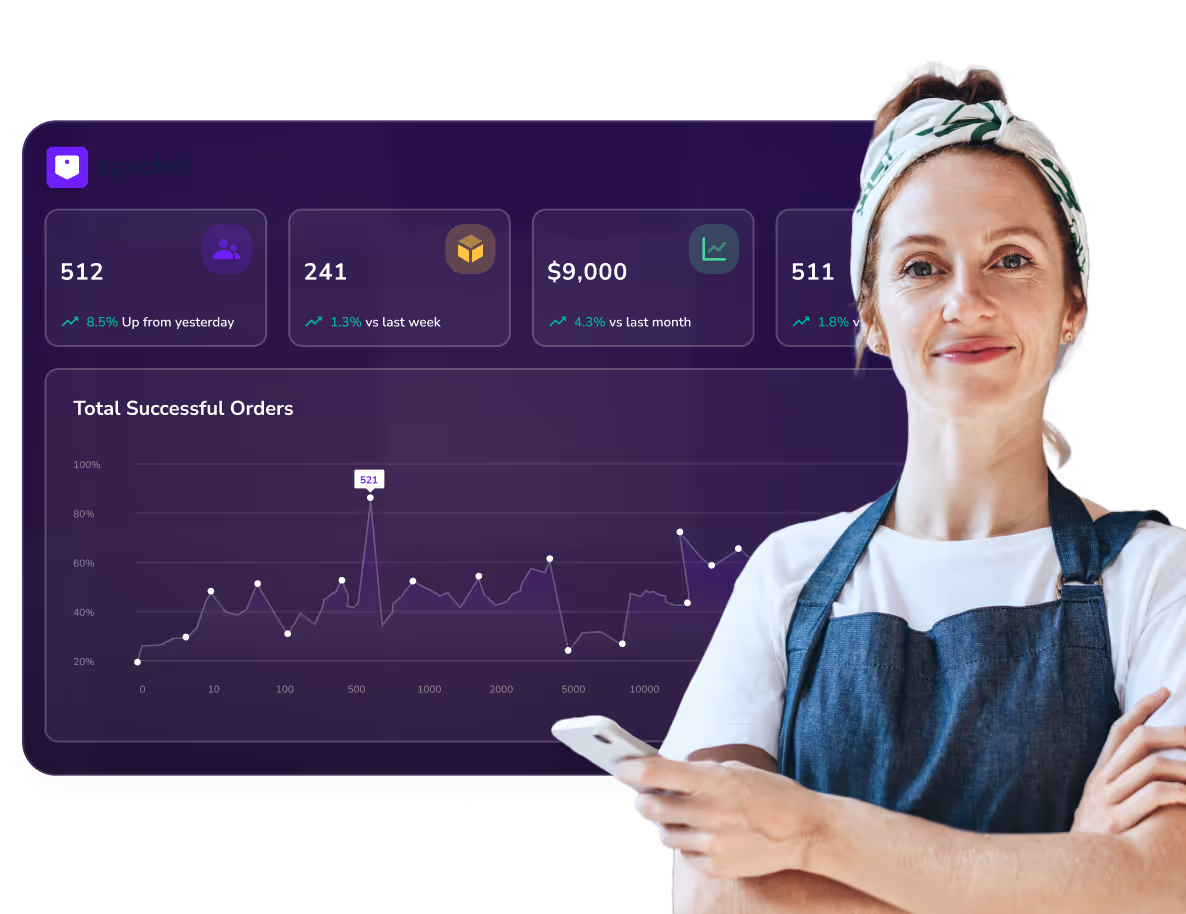In the fast-paced world of eCommerce, it’s easy to focus solely on attracting new customers. However, customer retention is just as, if not more, important when it comes to building a successful online business. While acquiring new customers is essential for growth, retaining existing ones offers substantial benefits that directly impact your bottom line.
Studies have shown that acquiring a new customer can cost 5 to 25 times more than retaining an existing one. Plus, existing customers are more likely to make repeat purchases, recommend your store to others, and engage with your brand over time. Customer loyalty is a valuable asset that can lead to long-term revenue growth.

In this article, we’ll explore the best customer retention strategies for eCommerce that will help you nurture relationships with your customers, improve their shopping experience, and keep them coming back for more.
Why Customer Retention Matters in eCommerce
Before diving into strategies, it’s essential to understand the importance of customer retention in the eCommerce space. Here’s why it matters:
1. Cost-Effectiveness
It costs significantly less to retain a customer than it does to acquire a new one. According to Invesp, customer retention rates are often 5-25 times more cost-effective than customer acquisition. This means that focusing on retaining existing customers will not only save you money on marketing but also improve your return on investment (ROI).
2. Repeat Purchases and Higher LTV
Customer Lifetime Value (LTV) refers to the total revenue a customer will generate during their entire relationship with your brand. Loyal customers are more likely to make repeat purchases, increasing your LTV. According to Adobe, repeat customers are responsible for 40% of a brand’s total revenue, even though they only account for about 8% of website traffic.
3. Word-of-Mouth Marketing
Loyal customers are more likely to recommend your brand to others. This word-of-mouth marketing is highly valuable as it helps build trust and credibility for your brand. Customer referrals can be one of the most effective ways to acquire new customers at a lower cost.
4. Enhanced Customer Engagement
When customers feel connected to your brand, they engage more with your content, promotions, and new product launches. This engagement keeps your brand top of mind, encouraging customers to return for future purchases. Consider hiring a reputable marketing agency to create and monitor all your branding and digital marketing strategies for maximum ROI.
In the next section, we’ll explore some actionable customer retention strategies that will help you build a loyal customer base and foster long-term relationships.
Top Customer Retention Strategies for Ecommerce
1. Provide Exceptional Customer Service
Customer service is one of the most crucial aspects of retention. When customers have a positive experience with your customer service team, they are more likely to return and make repeat purchases. Great customer service fosters trust and creates a positive relationship with your customers.
Here’s how to provide exceptional customer service:
- 24/7 Support: Offering 24/7 customer support through live chat, email, or phone ensures that your customers can always get assistance when needed. Chatbots powered by AI, like ChatGPT, can handle basic queries quickly, while your human team can focus on more complex issues.
- Personalization: Tailor your communication to make it personal. Use your customer’s name in emails and support interactions, and remember their preferences to offer tailored recommendations.
- Fast Response Time: Customers expect quick replies. Aim for an average response time of less than 24 hours to show that you value their time.
- Problem Resolution: Resolve issues quickly and empathetically. Address customer complaints and product returns promptly to maintain trust.
By investing in top-notch customer service, you’ll be able to build lasting relationships and ensure that customers return to your store for their future purchases.
2. Implement a Loyalty Program
Loyalty programs are one of the most effective ways to encourage repeat purchases and retain customers. These programs incentivize customers to return to your store by offering rewards for their continued business. There are several types of loyalty programs you can implement:
- Point-Based Systems: Customers earn points for every purchase, which they can redeem for discounts or free products. For example, a customer earns 10 points per $1 spent and can redeem 100 points for a $10 discount on their next purchase.
- Tiered Rewards: Customers progress through different loyalty tiers based on their spending or engagement level. Higher tiers offer better rewards, motivating customers to make more purchases to unlock exclusive perks.
- Referral Rewards: Encourage customers to refer their friends and family by offering them rewards for each successful referral. For instance, 10% off their next purchase for both the referrer and the referred.
By implementing a well-designed program using customer loyalty platforms, you continue to encourage repeat purchases and cultivate a community of customers who feel valued and appreciated.
3. Send Personalized Offers and Recommendations
Customers love when businesses tailor their offerings to meet their needs. Personalizing the shopping experience makes customers feel valued and encourages them to return. Here's how to do it effectively:
- Personalized Emails: Use segmentation and behavioral data to send personalized offers. For example, if a customer frequently buys eco-friendly products, send them personalized discounts or recommendations for similar sustainable products.
- Abandoned Cart Reminders: Remind customers of items they left in their shopping cart. Include a special offer, such as a 10% discount or free shipping, to encourage them to complete their purchase.
- Product Recommendations: Based on a customer's browsing and purchase history, recommend products they may like. Personalized recommendations increase conversion rates and enhance the shopping experience.
By using data to personalize your interactions with customers, you show that you understand their preferences, which can lead to increased customer loyalty and higher retention rates.
4. Keep Customers Engaged with Regular Communication
Communication plays a huge role in customer retention. By staying in touch with your customers, you keep your brand top of mind and encourage repeat visits. Here are some ways to stay engaged:
- Email Newsletters: Keep customers informed about new product launches, sales events, and special offers with regular newsletters. Use engaging subject lines and valuable content to increase open rates and clicks.
- Social Media Interaction: Engage with your audience on social media platforms like Instagram, Facebook, and TikTok. Share updates, customer testimonials, and behind-the-scenes content to build a deeper connection with your followers.
- SMS Marketing: Use SMS to send timely reminders, flash sales, or limited-time offers. Since text messages have high open rates, SMS marketing is an effective tool for reaching customers with urgent promotions.
By keeping customers engaged through regular communication, you ensure that your brand remains top of mind when they are ready to make a purchase.
5. Offer Seamless Shopping Experience
A smooth and enjoyable shopping experience increases the chances that customers will return to your store. The easier you make it for customers to shop, the more likely they are to make purchases and come back for future orders.
- Mobile Optimization: Ensure that your store is fully optimized for mobile devices. Many customers shop on their phones, so a smooth mobile experience is crucial for retention.
- Streamlined Checkout: Simplify the checkout process by offering guest checkout, multiple payment options, and auto-fill forms. Reducing friction in the checkout process can significantly reduce cart abandonment.
- Fast Shipping: Offer fast and reliable shipping options. Customers expect quick deliveries, so providing fast shipping or offering free shipping on orders over a certain amount can improve customer satisfaction and retention.
By providing a seamless and user-friendly shopping experience, you make it easy for customers to purchase from your store again and again.
6. Follow Up After Purchase
Post-purchase communication is a great way to increase loyalty and gather feedback. Here’s how you can follow up effectively:
- Order Confirmation and Shipping Updates: Always send confirmation emails and real-time updates about the shipping status to keep customers informed and excited about their purchase.
- Feedback Requests: Send follow-up emails asking for feedback on their purchase experience. Positive reviews can be shared on your website, while negative feedback provides insights on how to improve.
- Loyalty and Referral Requests: After a customer has made a purchase, encourage them to join your loyalty program or share their experience on social media. You can incentivize this with small discounts or free gifts.
Following up after purchase helps to ensure customer satisfaction, strengthens your relationship with the customer, and can increase your chances of repeat purchases.
7. Leveraging Customer Feedback to Improve Retention
Customer feedback is an essential tool for improving retention rates and fostering customer loyalty. By actively listening to your customers, you not only show that you value their opinions, but you also gain critical insights into areas where your business can improve. Whether through surveys, reviews, or direct feedback, understanding the needs and expectations of your customers helps you fine-tune your offerings and create a better overall shopping experience. Here's how you can leverage feedback effectively to retain customers:
1. Collecting Actionable Feedback
To make feedback truly valuable, it must be actionable. There are multiple ways you can collect feedback from your customers:
- Post-Purchase Surveys: After a customer makes a purchase, ask them for feedback on their shopping experience. Keep the survey short, ideally under 5 minutes, and ask specific questions about the product, the website experience, the checkout process, and shipping speed. A short survey can reveal a lot about where improvements are needed.
- Customer Reviews: Encourage customers to leave reviews for the products they’ve purchased. Positive reviews can serve as social proof, and negative reviews provide an opportunity to learn what went wrong. A great way to incentivize reviews is by offering discounts on future purchases for customers who leave feedback.
- Social Media Engagement: Monitor social media platforms for feedback, comments, and direct messages. Social media is a goldmine for understanding customer sentiment and can help you identify trends or recurring issues.
- Net Promoter Score (NPS): An NPS survey asks customers how likely they are to recommend your store to others. This gives you an overall measure of customer satisfaction and loyalty. Responding to detractors (those with low scores) shows that you’re willing to listen and improve.
2. Analyzing Feedback Trends
Once you have collected sufficient feedback, the next step is to analyze it for patterns. Are customers consistently pointing out issues with shipping delays? Or perhaps they find your product descriptions unclear? Identifying recurring themes in the feedback is key to understanding where you need to improve.
For example, if multiple customers report long delivery times, this could indicate a problem with your shipping partners or your inventory management system. If the same issue comes up repeatedly, it’s essential to address it quickly to prevent it from negatively impacting your retention rates.
By analyzing customer feedback trends, you can also predict future issues or customer preferences. For instance, if your customers are increasingly asking for eco-friendly packaging, it’s a sign that sustainability is becoming important to them. You can leverage this feedback by making changes to your packaging, potentially attracting more customers while keeping existing ones happy.
3. Acting on Feedback
To truly leverage feedback, you must act on it. Responding to customers with concrete actions shows that you value their input and are committed to improving their experience. Here are some ways to act on feedback:
- Address Common Issues: If you receive feedback about a recurring problem—whether it’s about product quality, delivery times, or the user interface on your website—make improvements to resolve the issue. This can involve changes to your processes, improving communication with suppliers, or even redesigning parts of your website for better usability.
- Personalized Follow-Up: After implementing changes based on feedback, reach out to the customers who provided the insights. Let them know that their feedback directly influenced your decision to improve certain aspects of your business. This not only makes customers feel appreciated but also strengthens their loyalty to your brand.
- Publicly Acknowledge Feedback: Use your website or social media platforms to share improvements made as a result of customer feedback. This can build trust with both existing and new customers, showing that you’re committed to enhancing their experience.
By acting on customer feedback, you can make data-driven decisions that improve your products, services, and overall customer experience, which is a powerful way to increase retention.
4. Creating a Feedback Loop
To truly stay in tune with your customers and continuously improve, it’s essential to establish a feedback loop. A feedback loop is the process of regularly collecting feedback, analyzing it, acting on it, and then going back to customers to ensure that their issues are addressed. It’s an ongoing process that fosters continuous improvement and long-term loyalty.
For example, after a major update to your dropshipping platform or store offerings, ask customers for feedback on the changes you’ve made. Not only does this show your customers that you care about their opinions, but it also keeps them engaged with your brand, building a long-term relationship.
Conclusion
Customer retention is one of the most valuable strategies for eCommerce growth. With retained customers contributing more to your revenue and helping build a loyal community, investing in customer retention strategies should be a top priority for any online business.
Remember, retaining customers is not just about keeping them—it’s about creating meaningful relationships that encourage repeat business and advocacy. By focusing on customer retention in your eCommerce business, you can build a strong foundation for long-term success.






































